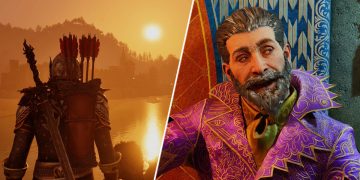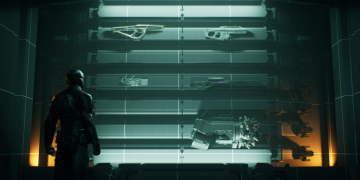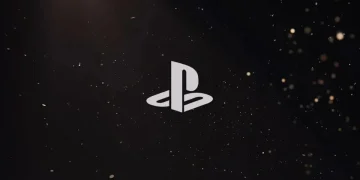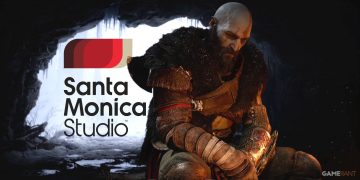Science fiction has had quite a journey since its inception in 1818 with Mary Shelley’s “Frankenstein.” Over the years, it’s evolved into a genre with numerous branches, each offering a unique twist on the original concepts. Historical sci-fi is a standout among these, blending futuristic themes with real historical events or eras. Films like “Back to the Future 3,” “11.22.63,” “Prey,” and even superhero flicks like “Captain America” and “Wonder Woman” showcase this blend beautifully. A significant trait of historical sci-fi is the exploration of alternate realities, where history takes a different path due to some pivotal change. STALKER 2 finds its stride in such a world.
Taking over a decade to bring to life, STALKER 2 builds on its predecessors, diving deep into a historical sci-fi setting similar to what fans have come to love. This familiar ground serves as fertile soil for an open-world sci-fi game that thrives in the modern context.
Moving further into this unique gaming atmosphere, STALKER 2, named Heart of Chornobyl, anchors its storyline on the 1986 Chornobyl disaster—a real and haunting event. In the game’s universe, this catastrophe is tied to Soviet experiments involving the Noosphere, a theoretical field enveloping Earth, believed to hold all human thoughts and emotions.
While the game’s timeline runs parallel to historical events, it incorporates twists that reshape reality. Even though the Soviet Union’s fall still happens in 1991, Soviet scientists continue their work in the Chornobyl Exclusion Zone, leading to a second disaster in 2006.
This marks the beginning of STALKER’s alternate universe. This additional disaster not only expands the Exclusion Zone but also unleashes bizarre mutations in flora and fauna, and creates anomalies contradicting physics. Adventurers, lured by tales of hidden treasures within the Zone, earn the moniker “Stalkers.”
But what makes STALKER 2’s historical sci-fi setting such a boon? Well, a game’s setting is crucial—it sets the tone, drives the narrative, and shapes the characters. Great sci-fi games immediately immerse players into their world, gradually unveiling the history and pivotal figures, so they grasp the stakes and dynamics before launching into the heart of the action. Yet, the best ones allow players to dive in without heavy exposition.
STALKER 2’s narrative draws on well-known historical events. Most people have a fair understanding of the Chornobyl disaster, and those unfamiliar can pick up the context quickly, easing them into the game’s immersive world. This foundation establishes a vivid backdrop, giving players a sense of the stakes before they even hit “start.”
Moreover, this setting bolsters the game’s immersive sim elements, adding authenticity to the STALKER experience.
STALKER 2 delivers a challenging world where mutated creatures, bizarre anomalies, and feuding factions populate a post-explosion Chornobyl in 2006. Artifacts of immense value draw in risk-takers known as S.T.A.L.K.E.R.s, who venture into the Zone for riches or truths hidden in Chornobyl’s heart.
With a sprawling 64-square-kilometer open world crafted using Unreal Engine 5, the game offers an intricate post-apocalyptic atmosphere. Tackling foes with over 30 weapon types and countless modifications, players navigate alliances and face varied tactical challenges. Available on Xbox Series X and Series S, as well as Microsoft Windows, STALKER 2 promises a rich, nonlinear story waiting to be uncovered.










![[Review] Lost Records: Bloom and Rage – Tape 2 for PS5 [Review] Lost Records: Bloom and Rage – Tape 2 for PS5](https://www.8bitnewsroom.com/wp-content/uploads/2025/05/Review-Lost-Records-Bloom-and-Rage-–-Tape-2-for-360x180.jpg)




































